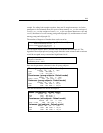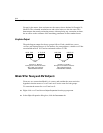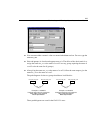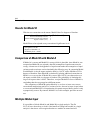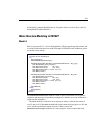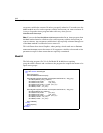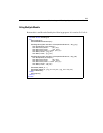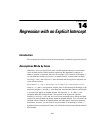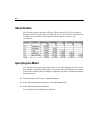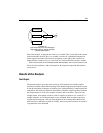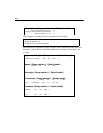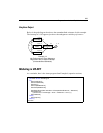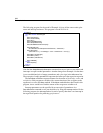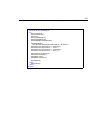
221
Example
14
Regression with an Explicit Intercept
Introduction
This example shows how to estimate the intercept in an ordinary regression analysis.
Assumptions Made by Amos
Ordinarily, when you specify that some variable depends linearly on some others,
Amos assumes that the linear equation expressing the dependency contains an
additive constant, or intercept, but does not estimate it. For instance, in Example 4,
we specified the variable performance to depend linearly on three other variables:
knowledge, value, and satisfaction. Amos assumed that the regression equation was
of the following form:
where ,
, and
are regression weights, and a is the intercept. In Example 4, the
regression weights through
were estimated. Amos did not estimate a in Example
4, and it did not appear in the path diagram. Nevertheless, , , and
were
estimated under the assumption that a was present in the regression equation.
Similarly, knowledge, value, and satisfaction were assumed to have means, but their
means were not estimated and did not appear in the path diagram. You will usually be
satisfied with this method of handling means and intercepts in regression equations.
Sometimes, however, you will want to see an estimate of an intercept or to test a
hypothesis about an intercept. For that, you will need to take the steps demonstrated in
this example.
performance a b
1
knowledge b
2
value b
3
satisfaction error+×+×+×+=
b
1
b
2
b
3
b
1
b
3
b
1
b
2
b
3



